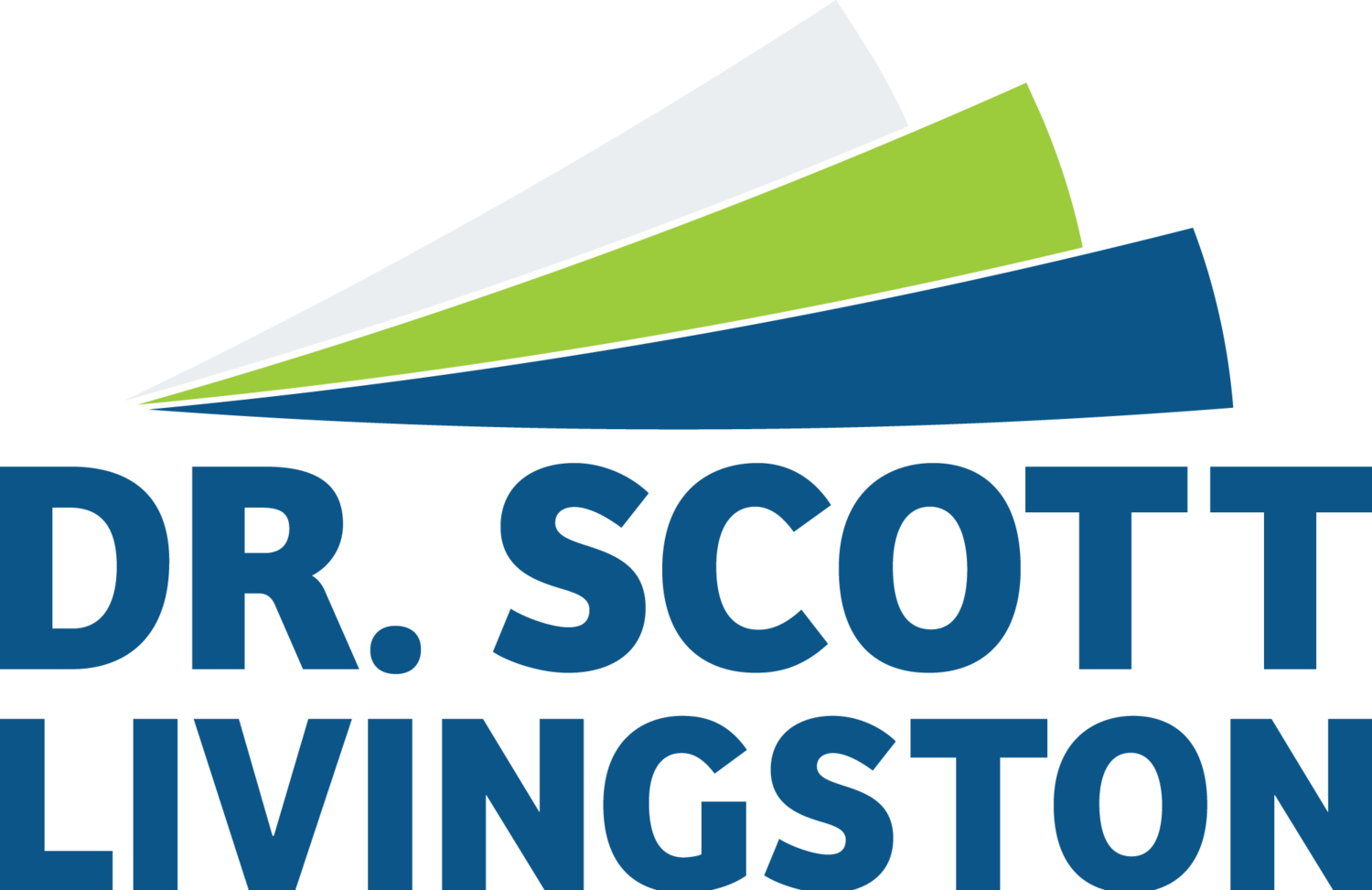Have you ever felt the itch to start a new project, only to be held back by the fear of the unknown? Perhaps you have watched others dive into the world of social media branding or hesitated for months before considering starting a blog of your own. You're not alone in this struggle.
I vividly recall this type of internal battle when the idea of starting this blog first crossed my mind. For over a year, I grappled with self-doubt and nagging questions: Should I really start blogging? What do I have to say that is worth sharing? What will others think of my thoughts and ideas?
Then, one day, I stumbled upon a podcast by Michael Hyatt, and his words were a game-changer: "Stop thinking about it and start doing it." Those simple, actionable steps he shared gave me the boost of confidence I needed to embark on this journey. And here I am today, years later, reaping the rewards of taking that leap of faith.
It also got me thinking that there are probably many others like me facing similar challenges. Perhaps you are hesitant to step into the world of coaching because you are not sure where to begin. If only there were a clear, step-by-step guide that could instill the confidence you need to get started, right?
That's where my experience comes into play. I reflected on my initial coaching sessions, and I have distilled some core elements that can make every coaching engagement successful. I've outlined these seven steps below to help you kickstart your journey:
7 Steps to Successful Coaching
Begin with an open mind :
Coaching does not happen in a vacuum. We all bring our biases and preconceptions. But as a coach myself, it is crucial to approach every client with an open mind. See them as whole and healthy individuals. Even if you have received different information from others, focus on what your client is telling you.
Get to know your client:
Effective coaching begins with understanding your client on a deeper level. Learn about who they are, their life story, what they do, and what they hope to achieve. Consider crafting a set of universal questions that you can apply to any client, and consider using personality assessments for additional insights.
Confirm with the client:
Validation is key. It is essential that you verify the collected data with your client, ensuring they are confident that you understand their perspective.
Compare the data to a standard:
Once you and your client agree on the collected data, compare it to an acceptable standard. The client must also agree with this standard. If they do not, the data loses its relevance.
Identify gaps:
Gaps represent the space between your client's current behavior and the agreed-upon standard. They reveal the difference between where the client is and where they want to be. Discuss these gaps with your client, gathering real-life examples to illustrate them.
Set a plan to close the gaps:
When crafting a plan with your client, focus on one or two specific actions. This "Stop/Start/Continue" model can be invaluable:
What behaviors should they stop?
What should they start?
What should they continue?
Don't underestimate the power of 'continue' - often, clients are already doing many things right.
Establish a follow-up date.
This is where most coaching relationships falter. Set a date for follow-up at the end of each session. It maintains accountability and strengthens the coaching relationship.
Leadership coaching is a valuable skill that helps individuals transform their aspirations into actions. Whether you are a professional coach, a supervisor, or a parent guiding a youth soccer team, these seven steps can make a world of difference in your journey toward success.
Homework
Identify someone in your life who could benefit from your coaching style or think about someone you are already coaching.
Reflect on your coaching approach - have you followed all seven steps for a successful coaching relationship? Are there any areas you have missed? And how can these steps help you improve not only your coaching but also your own personal growth?
Share your experiences; let's grow and learn together.




















